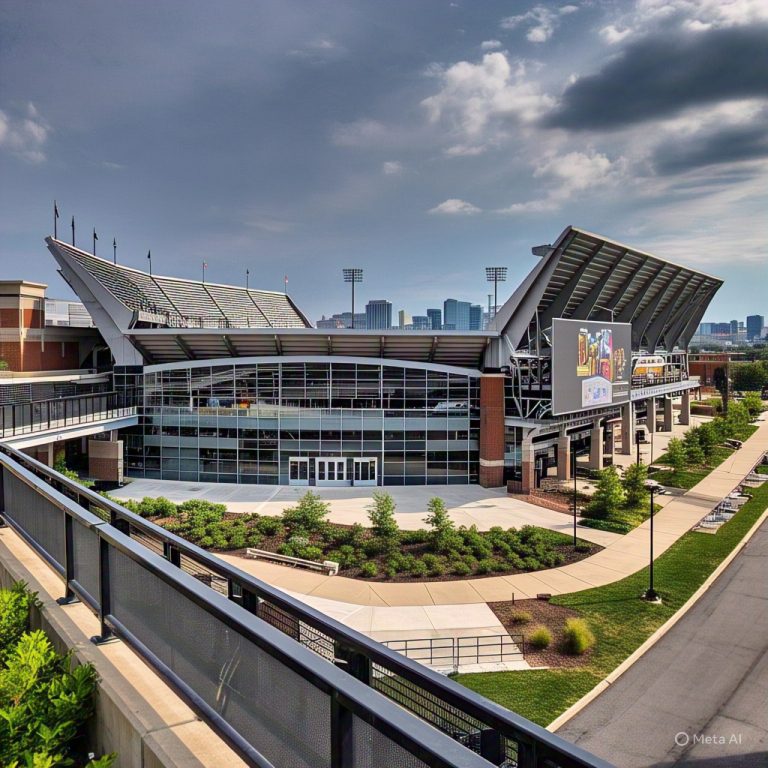The “Other Side” of Booth Stadium: A Nostalgic Look Amidst a $600 Million Transformation
Booth Stadium, long revered by fans as a cornerstone of community and tradition, is undergoing a massive $600 million renovation—but not without raising questions. While renderings of the new state-of-the-art facility dazzle with modern amenities, sleek architecture, and expanded capacity, many longtime supporters have turned their focus toward what’s being left behind: the “Other Side.”
This unassuming section of the stadium—often overlooked in promotional materials—holds deep sentimental value for generations of fans. Located opposite the new high-tech grandstands, this modest area of Booth has been the heart of countless memories. From students packed shoulder-to-shoulder in freezing temperatures to families gathering over decades, the “Other Side” represents the grit, loyalty, and identity of the stadium’s storied past.
“We sat there for 30 years,” said lifelong fan Brenda Watkins. “It wasn’t fancy, but it felt like home. You could feel the energy, the history. Every game was like a reunion.”
The renovation, announced last year, includes luxury suites, high-end concessions, advanced video boards, and updated locker room facilities. While the updates are necessary to keep Booth competitive in the modern era of collegiate athletics, some fans worry that the essence of what made it special is being lost in the process.
University officials have acknowledged the emotional pull of the “Other Side” and say they’re working to preserve its spirit. Plans include a heritage plaza that honors past teams, a dedicated fan memorial wall, and the relocation of key architectural elements from the old structure.
“We’re not erasing history—we’re elevating it,” said Athletic Director Tom Daniels. “This renovation allows us to celebrate the legacy while ensuring future generations have a stadium they can be proud of.”
Still, nostalgia runs deep. On social media, former players and alumni have shared photos and stories tied to the now-deconstructed stands. A grassroots campaign, #SaveTheOtherSide, has called for parts of the original structure to be preserved on-site, and more transparent updates from the university regarding how sentimental spaces are being honored.
The first phase of the new Booth is expected to open in fall 2026. Until then, fans cling to the memories etched into the concrete and steel of the stadium’s simpler days. As the university looks to the future, the community continues to remind them of the enduring value found in the past.
Would you like me to create a graphic or timeline showing the stadium’s transformation?


